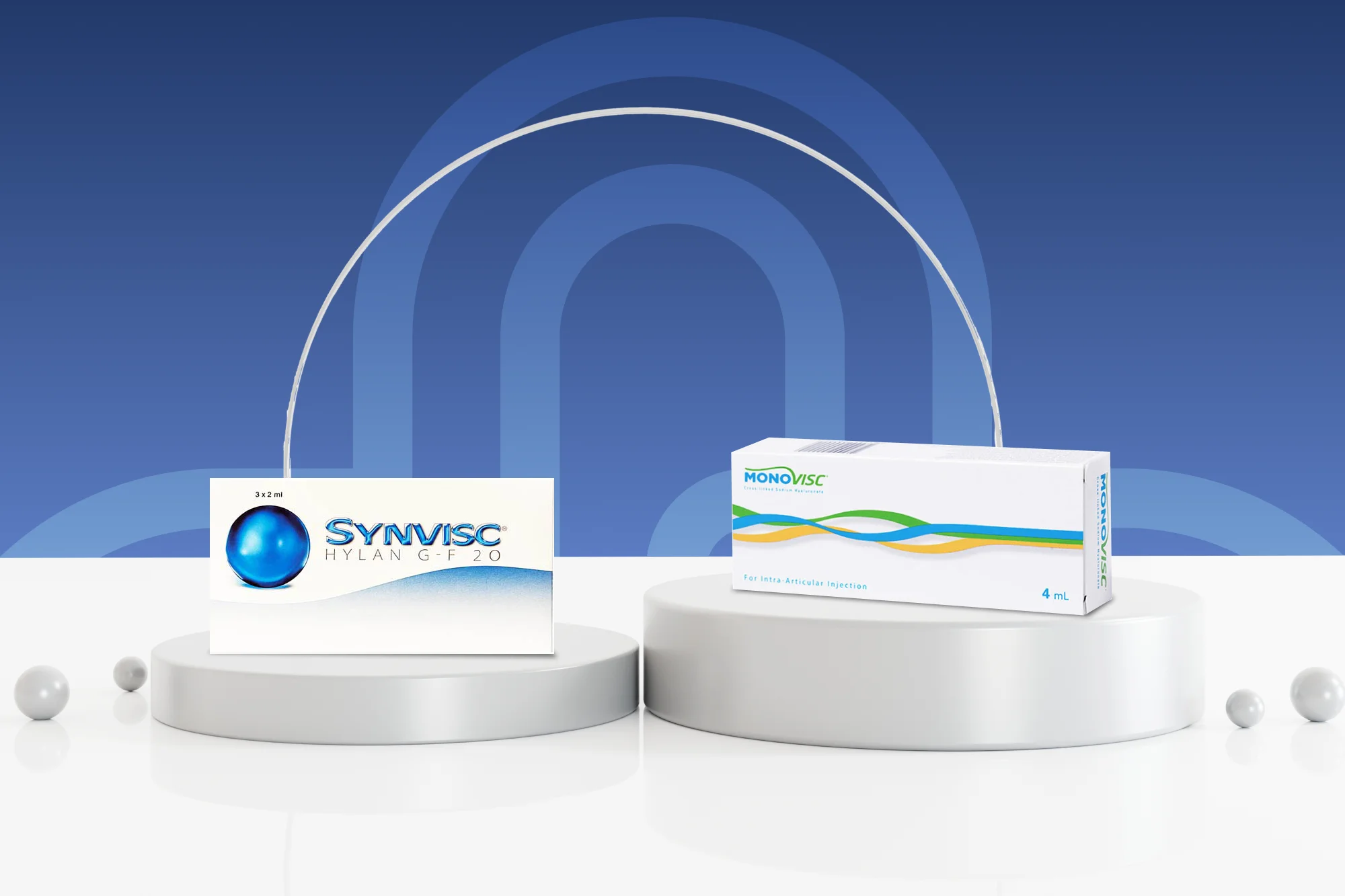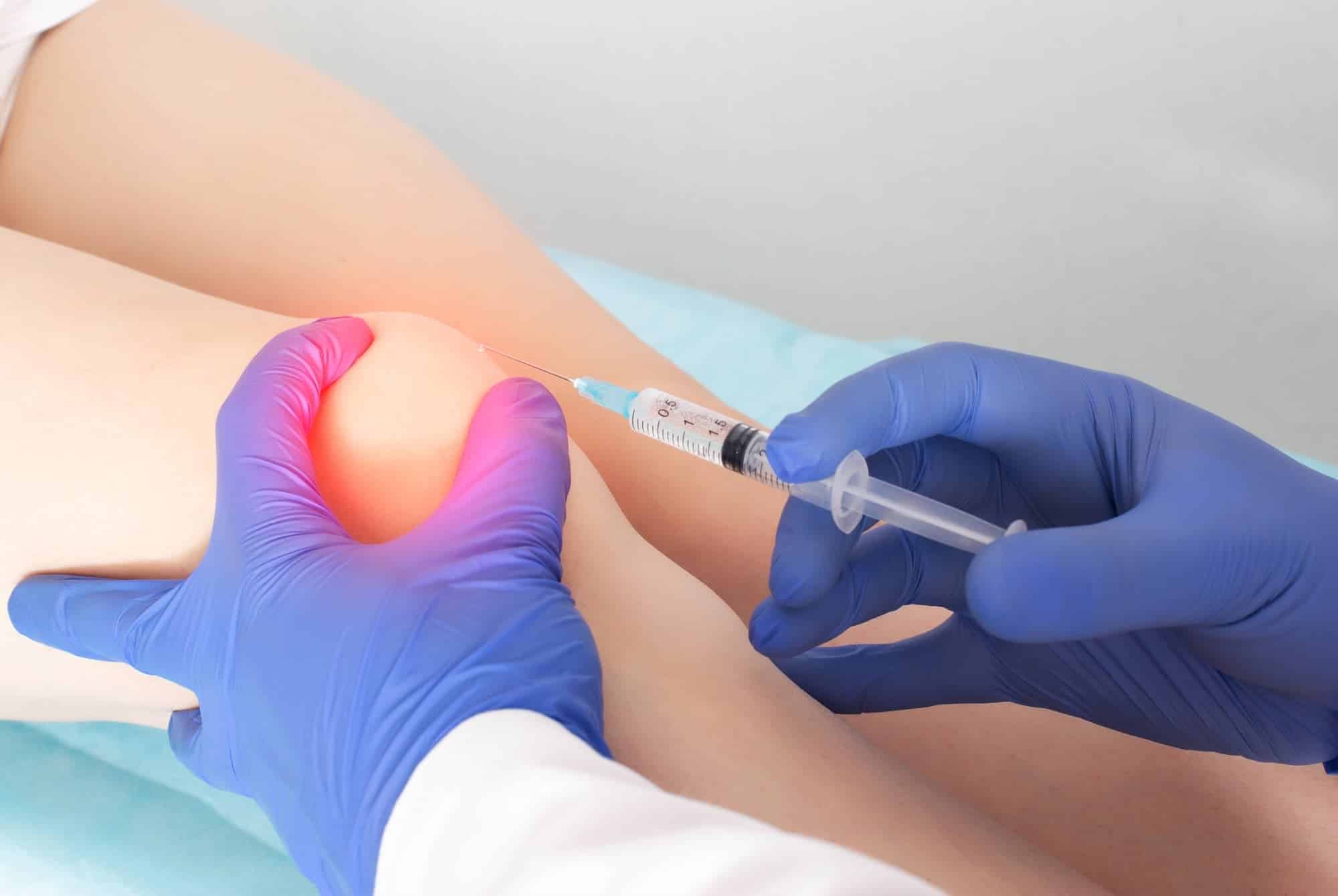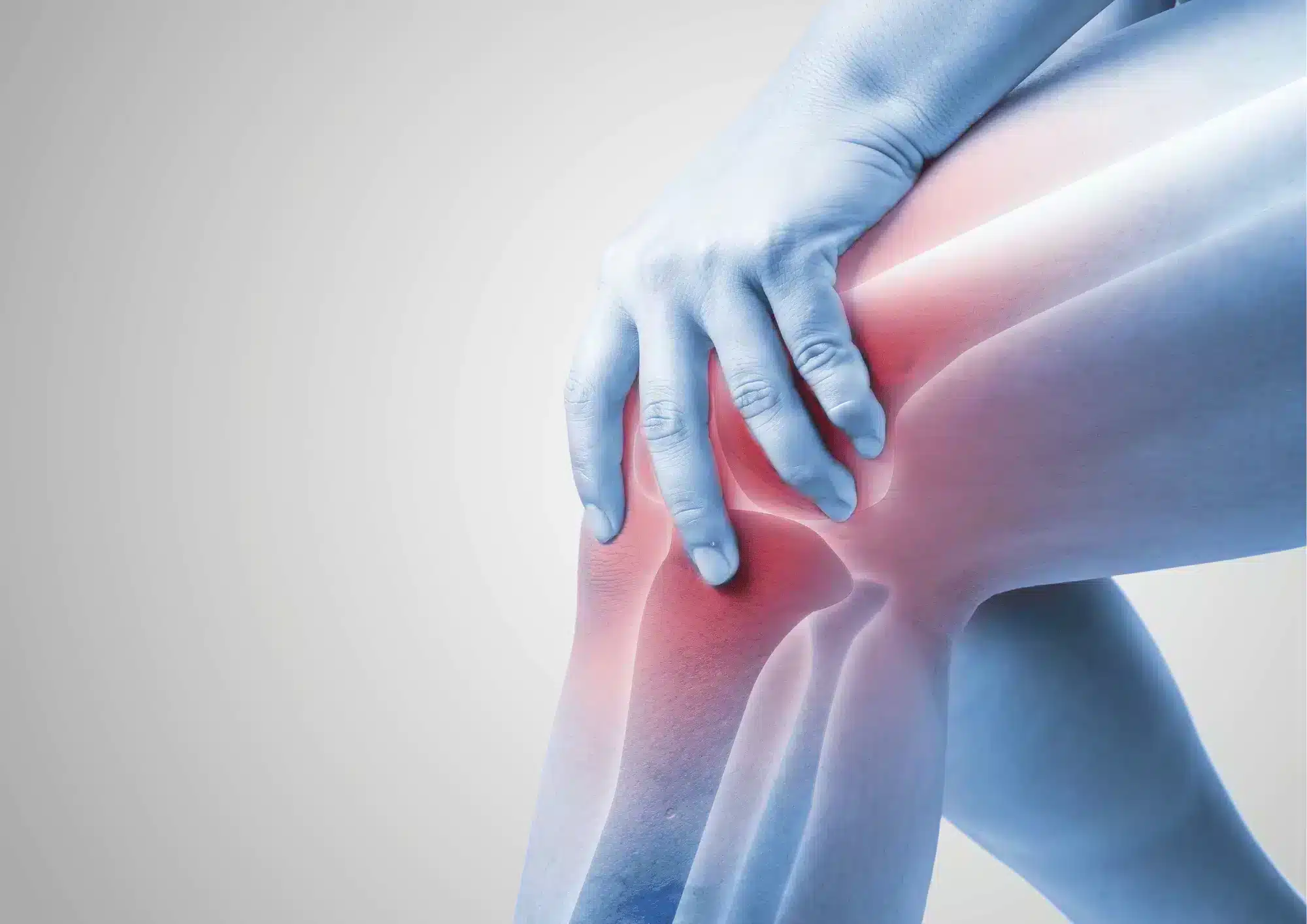Intra-articular injections of hyaluronic acid-based MONOVISC®, a product manufactured by Anika Therapeutics, and Synvisc, made by Genzyme, are used in the treatment of osteoarthritis of the knee.Patients considering such viscosupplements may need more information before deciding on the right product for them. Read on to learn more about the benefits of viscosupplementation and the characteristics of MONOVISC® and Synvisc.
MONOVISC® vs Synvisc for viscosupplementation
Patients with knee osteoarthritis, a type of arthritis in which the knee suffers damage due to the wearing down of its protective cartilage, often find themselves suffering from pain or joint stiffness that limits their mobility and impedes their daily activities. Managing this condition by alleviating the symptoms of knee osteoarthritis is necessary to improve patients’ quality of life.
Currently, the methods of managing knee osteoarthritis include pain medications such as acetaminophen, physical therapy, and weight loss management (if obesity is a factor). Additionally, second-line medications like intra-articular corticosteroids and intra-articular hyaluronic acid can be employed if the initial approach does not produce an adequate clinical response.
Intra-articular hyaluronic acid injections are a form of visco-supplementation therapy. Viscosupplements are used to lubricate and cushion the affected joint in order to prevent further progression and reduce symptoms of the disease. They are similar in composition and physical characteristics to human synovial fluid, a component found in the knee joint that plays a vital role in its lubrication.
How do the orthopedic injections MONOVISC® and Synvisc differ?
Composition
Synvisc is unique among all hyaluronic acid visco-supplements. The main ingredient in Synvisc is a cross-linked derivative of hyaluronic acid that contains two polymers, hylan A (a soluble, high-molecular weight molecule that makes up 80% of the compound) and hylan B (an insoluble gel-like continuous molecular network that makes up the remaining 20% of the compound). In contrast, MONOVISC® contains cross-linked hyaluronan of high molecular weight.
Hyaluronic acid sources
The hyaluronic acid in MONOVISC® is derived from bacterial fermentation, whereas the hylan in Synvisc is produced from rooster combs. Thus, patients with hypersensitivity to avian proteins, feathers and/or egg products may consider MONOVISC® to be the more suitable treatment for them.
Viscoelastic properties
It is thought that Synvisc better imitates the rheological properties of healthy synovial fluid, which could impact its effectiveness in providing adequate lubrication to the joint.
Adverse events
Synvisc is associated with acute local reactions in the knee. These reactions have been shown to increase in frequency in patients receiving more than one course of treatment. Similar reactions have not been reported with other visco-supplements, including MONOVISC®.
Treatment course
MONOVISC® is formulated for single dose treatment course, while Synvisc will require 3 weekly injections, for optimal results. The former may be more convenient than the latter, for patients who have a desire to avoid the hassle of multiple visits to the doctor.
Conclusion
Intra-articular injections of hyaluronic acid are a safe and convenient method of alleviating the symptoms associated with knee osteoarthritis. However, not all visco-supplements are the same, and patients should discuss their options with their physician.








